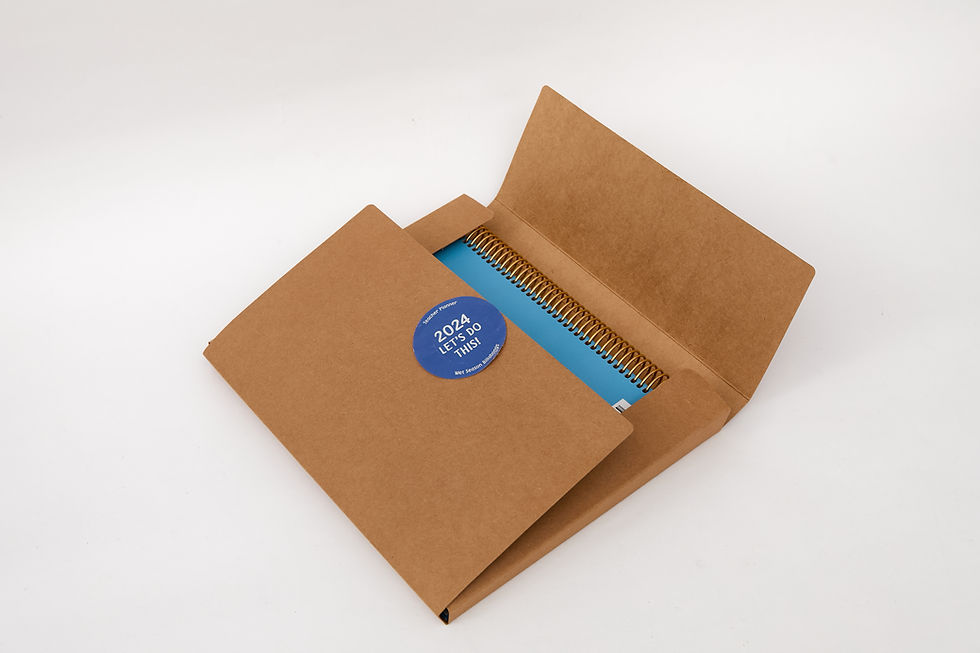How to source notebooks from overseas suppliers?
- Lion Paper Team

- Jun 28
- 2 min read
Quick Content Reach:
1. Understand Why Overseas Sourcing Matters
For many notebook brands and stationery buyers, sourcing overseas is not just a cost-saving strategy—it opens access to broader customization capabilities, advanced printing technologies, and scalable production.
Benefits:
Lower manufacturing costs
Access to more material and binding options
Flexible MOQs (minimum order quantities)
Potential tariff advantages depending on the country

2. Finding Reliable Overseas Notebook Suppliers
Platforms:
Alibaba, Made-in-China.com, Global Sources
Other Methods:
Trade Shows (e.g., Canton Fair, Paperworld)
Sourcing agents with experience in notebook manufacturing
Social platforms like LinkedIn (e.g., Lion Paper’s posts)
Tip: Always check if the supplier owns their factory or outsources production. Having in-house production usually means better quality control.
3. Evaluate and Vet Suppliers Before You Commit
Do This:
Ask for certifications (ISO9001, BSCI, SMETA, CPSIA, Prop65)
Request product samples
Schedule a video call or factory tour
Ask about production equipment and past clients
Red Flags to Watch:
Poor communication
No sample policy
Unclear product specs or hidden charges

4. Negotiate Smartly and Sign a Clear Contract
Best Practices:
Agree on detailed specs: size, material, binding, inner pages
Clarify shipping terms: FOB, CIF, DDP
Confirm payment terms: T/T, L/C, or Wise Business
Request pre-shipment QC videos or reports
5. Manage Logistics, Customs, and Inspection
Keep in mind:
Transit times vary—China to U.S. by sea: ~25–35 days
Use freight forwarders with stationery experience
Factor in customs clearance and taxes
Inspect goods on arrival or use third-party QA teams
6. Build Long-Term Supplier Partnerships
Why it matters:
Lower reorder costs
Priority production slots during peak seasons
Easier communication and faster turnaround
Action Tip: Share your product roadmap with suppliers and involve them early in planning for upcoming collections.
Conclusion
Sourcing notebooks from overseas doesn’t have to be complicated. With the right strategy and partners—like Lion Paper Products—you can achieve high-quality, scalable, and cost-effective solutions for your stationery brand.
Ready to streamline your notebook sourcing? Contact us now to get started.
FAQs:
Q1: What is the best country to source notebooks from?
A: China, Vietnam, and India are leading producers, but Cambodia offers duty advantages (depending on trade policy).
Q2: What certifications should I ask notebook suppliers for?
A: ISO9001, BSCI, CPSIA, SMETA, Prop65, etc.
Q3: Can I get notebook samples before placing an order?
A: Yes, most suppliers offer paid samples.
Q4: What binding types are available for custom notebooks?
A: Spiral, stitched, perfect bound, casebound, saddle stitch.
Q5: How do I handle import duties?
A: Use Incoterms like DDP or consult your freight forwarder for proper planning.
Q6: Do notebook suppliers provide design support?
A: Many do—Lion Paper offers layout and cover adjustment for free.
Q7: How can I ensure quality during production?
A: Ask for in-process QC checks, live video inspections, and final reports.
Are you looking for a reliable manufacturer? Reach out to Lion Paper for a free quote and consultation. Let’s collaborate on creating custom writing paper products that will set your brand apart from the competition.







Comments